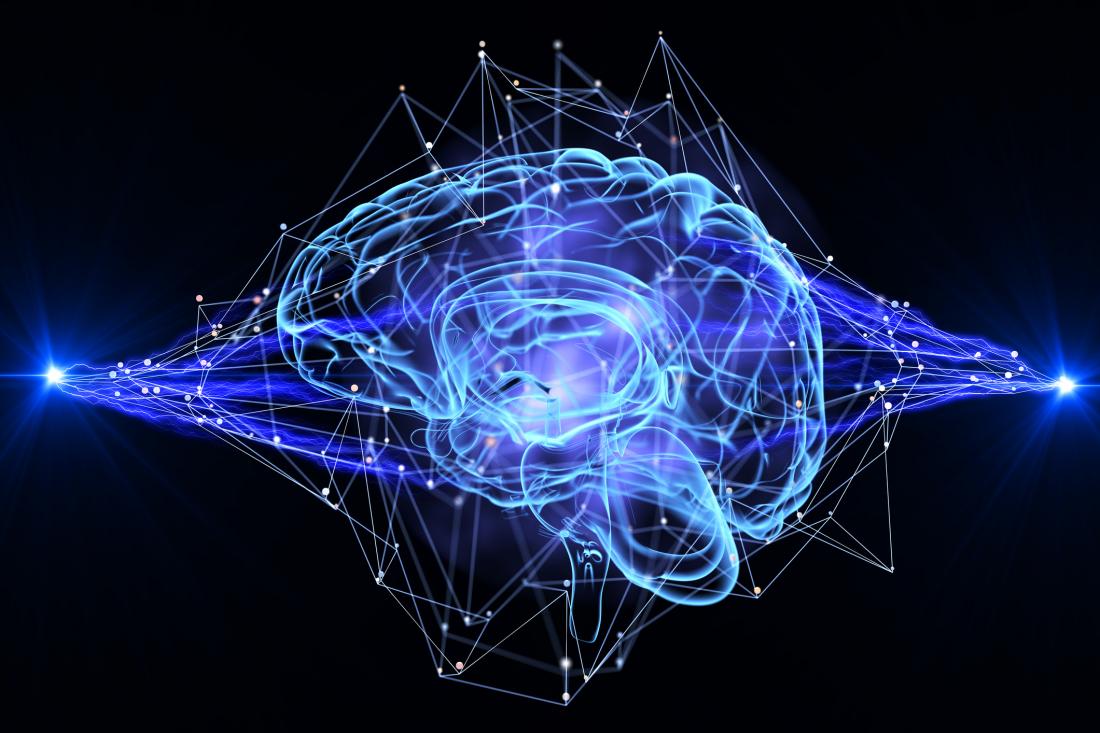Neuroscientists have gained a better understanding of the process by which our brain evolved into a language-ready brain. When compared to the connections between language regions in chimp brains, the network of connections between language centres in our brains has developed more than previously believed.
“At first glance, the brains of humans and chimpanzees look very much alike. The perplexing difference between them and us is that we humans communicate using language, whereas non-human primates do not,” says co-first author Joanna Sierpowska. Understanding what in the brain could have enabled this unique ability has inspired researchers for years. However, up to now, their attention was mainly drawn towards a particular nerve tract connecting frontal and temporal lobes called arcuate fasciculus, which besides showing significant differences between species, is well-known to be involved in language function.
“We wanted to shift our focus towards the connectivity of two cortical areas located in the temporal lobe, which are equally important for our ability to use language,” says Sierpowska.
The researchers employed scans of 50 human brains and 29 chimp brains scanned similarly to people, but under well-controlled anaesthesia and as part of their normal veterinarian check-ups, to explore the differences between the human and chimp brains. They employed a method known as diffusion-weighted imaging (DWI) to examine white matter, or the neural networks that connect brain locations.
Using these images, they explored the connectivity of two language-related brain hubs (the anterior and posterior middle areas of the temporal lobe), comparing them between the species. “In humans, both of these areas are considered crucial for learning, using and understanding language and harbor numerous white matter pathways,” says Sierpowska. “It is also known that damage to these brain areas has detrimental consequences for language function. However, until now, the question of whether their pattern of connections is unique to humans remained unanswered.”
New connections in human brain
While the connectivity of the posterior middle temporal regions in chimps is primarily limited to the temporal lobe, the researchers discovered that in humans, a new link towards the frontal and parietal lobes evolved via the arcuate fasciculus as an anatomical avenue. Indeed, modifications to both human language regions contain a suite of temporal lobe connection expansions.
“The results of our study imply that the arcuate fasciculus surely is not the only driver of evolutionary changes preparing the brain for a full-fledged language capacity,” says co-author Vitoria Piai.
“Our findings are purely anatomical, so it is hard to say anything about brain function in this context,” says Piai. “But the fact that this pattern of connections is so unique for us humans suggests that it may be a crucial aspect of brain organization enabling our distinctive language abilities.”





